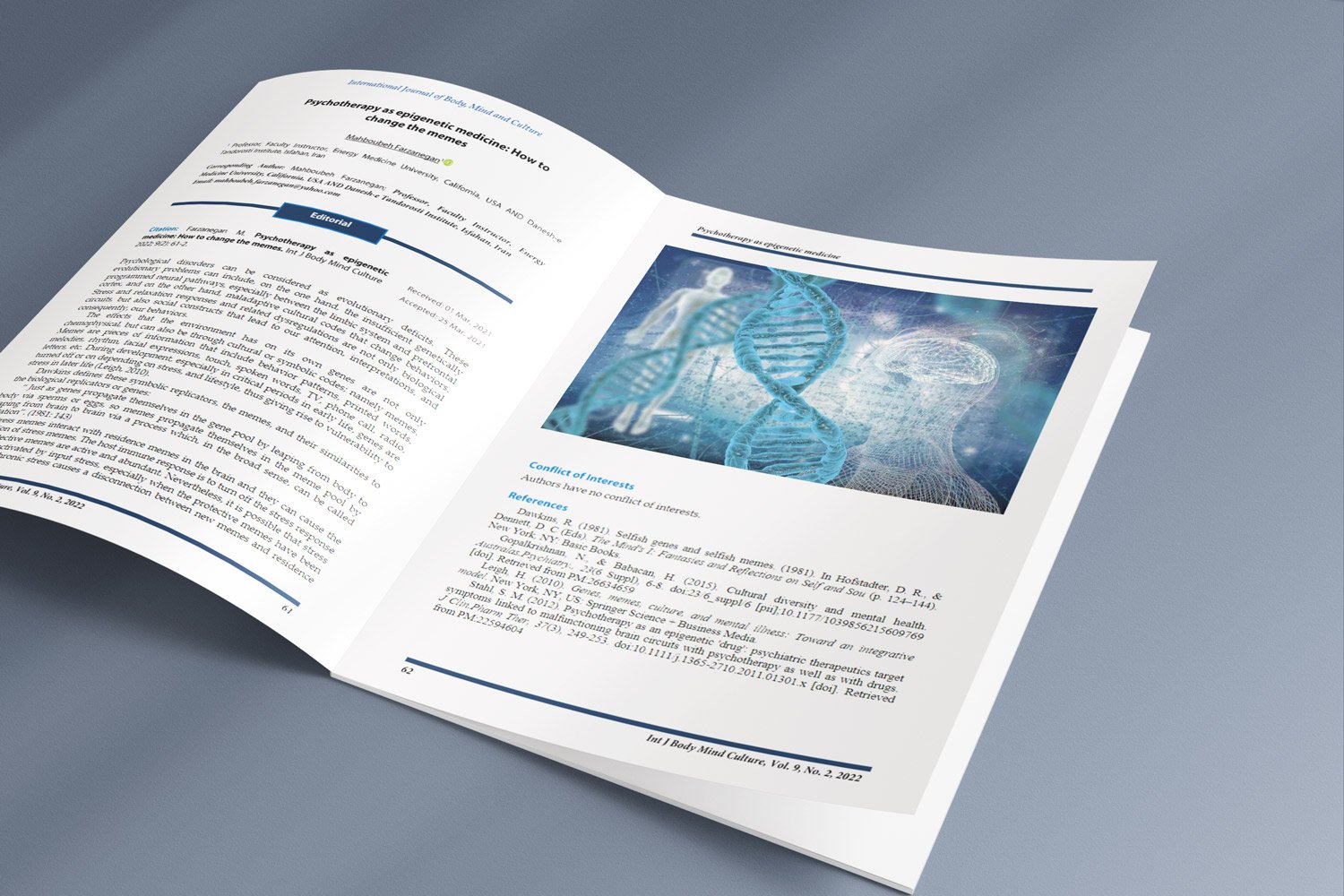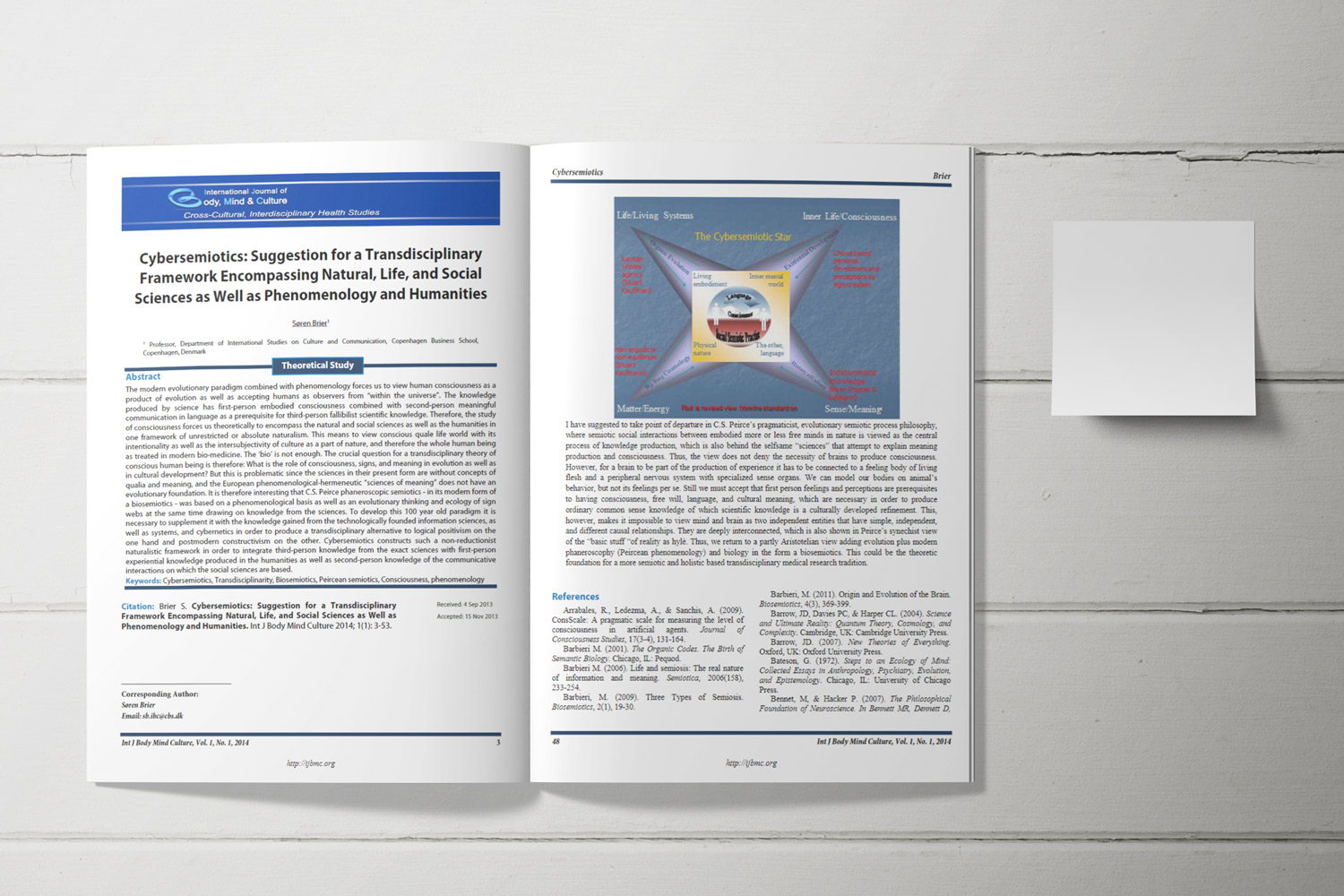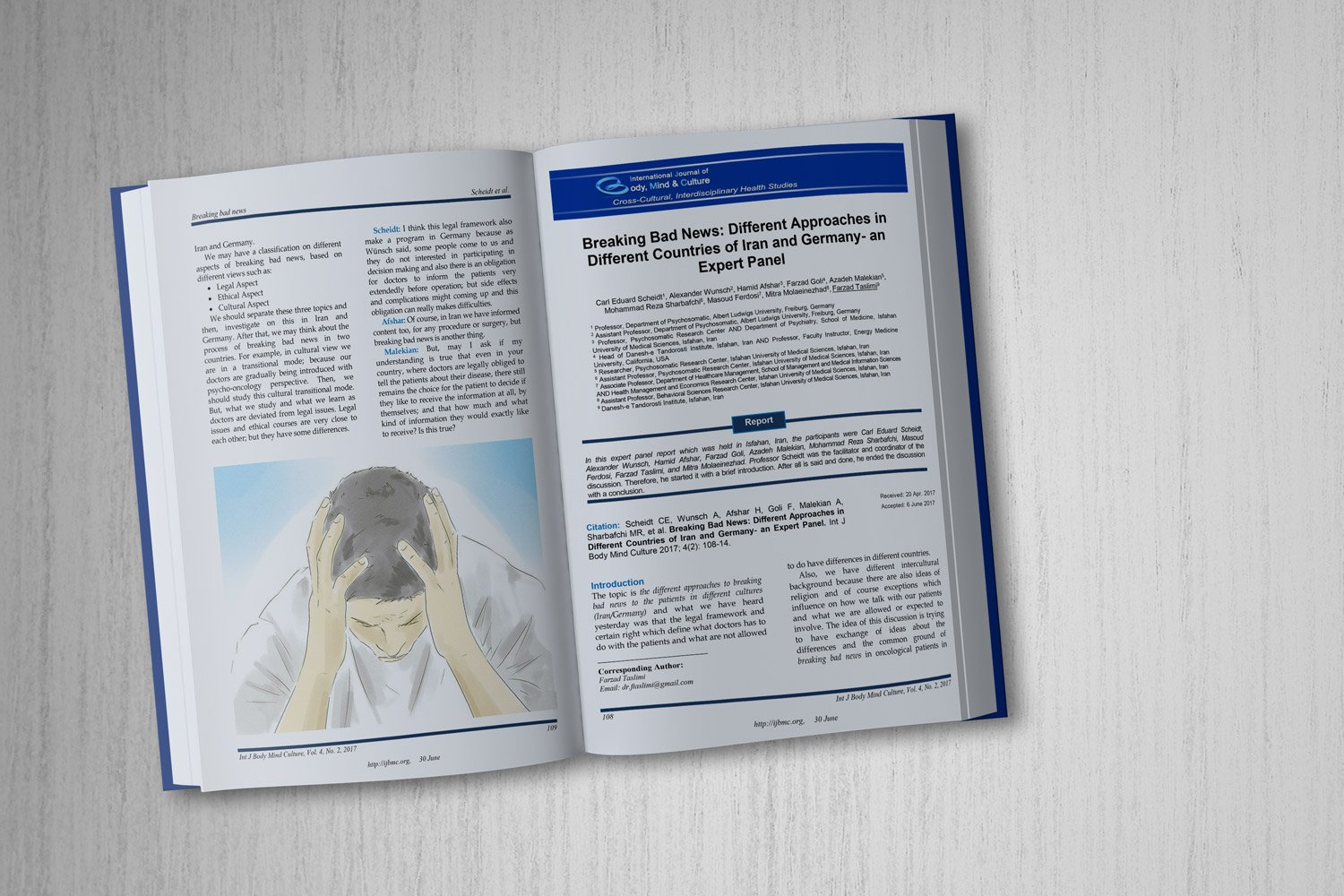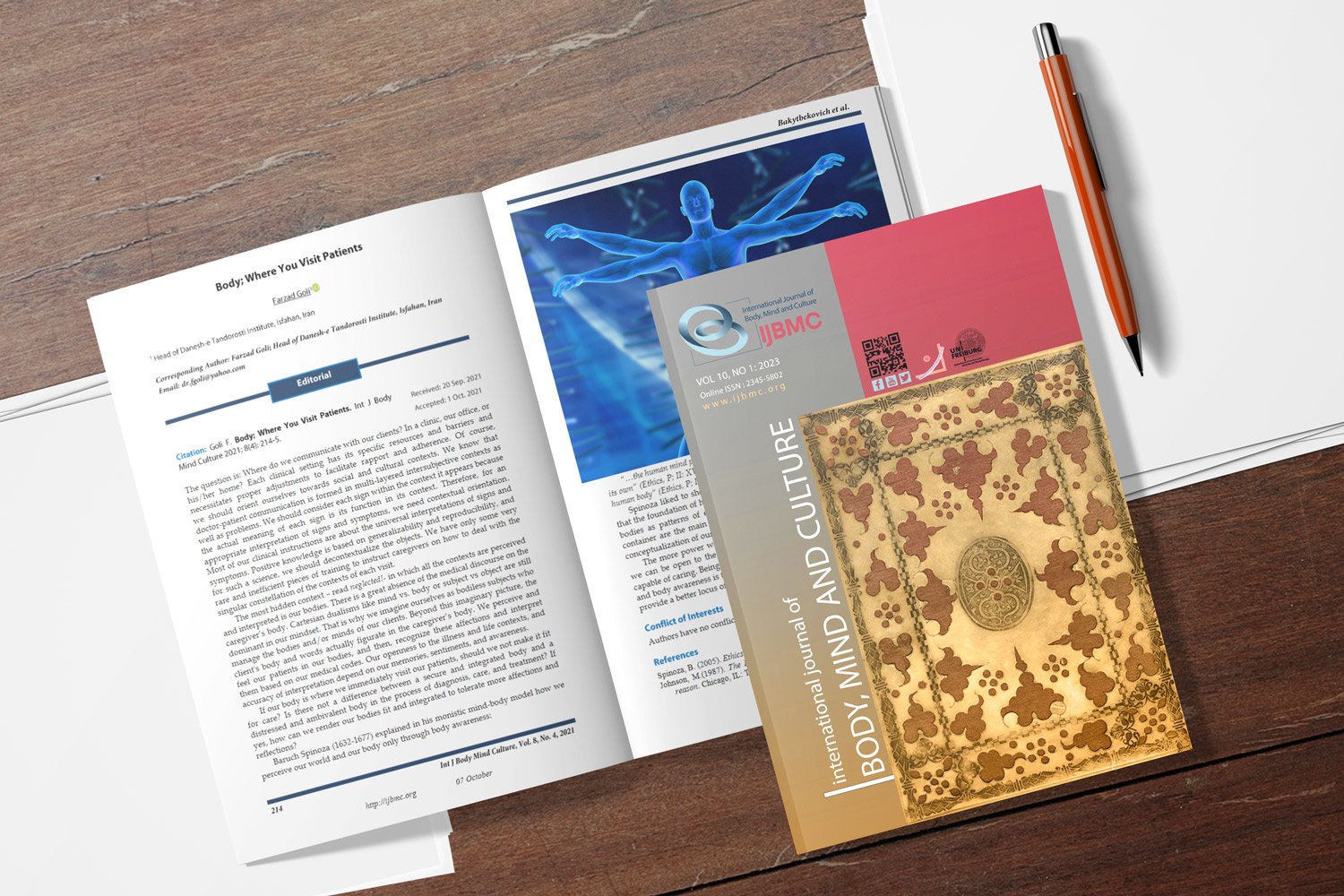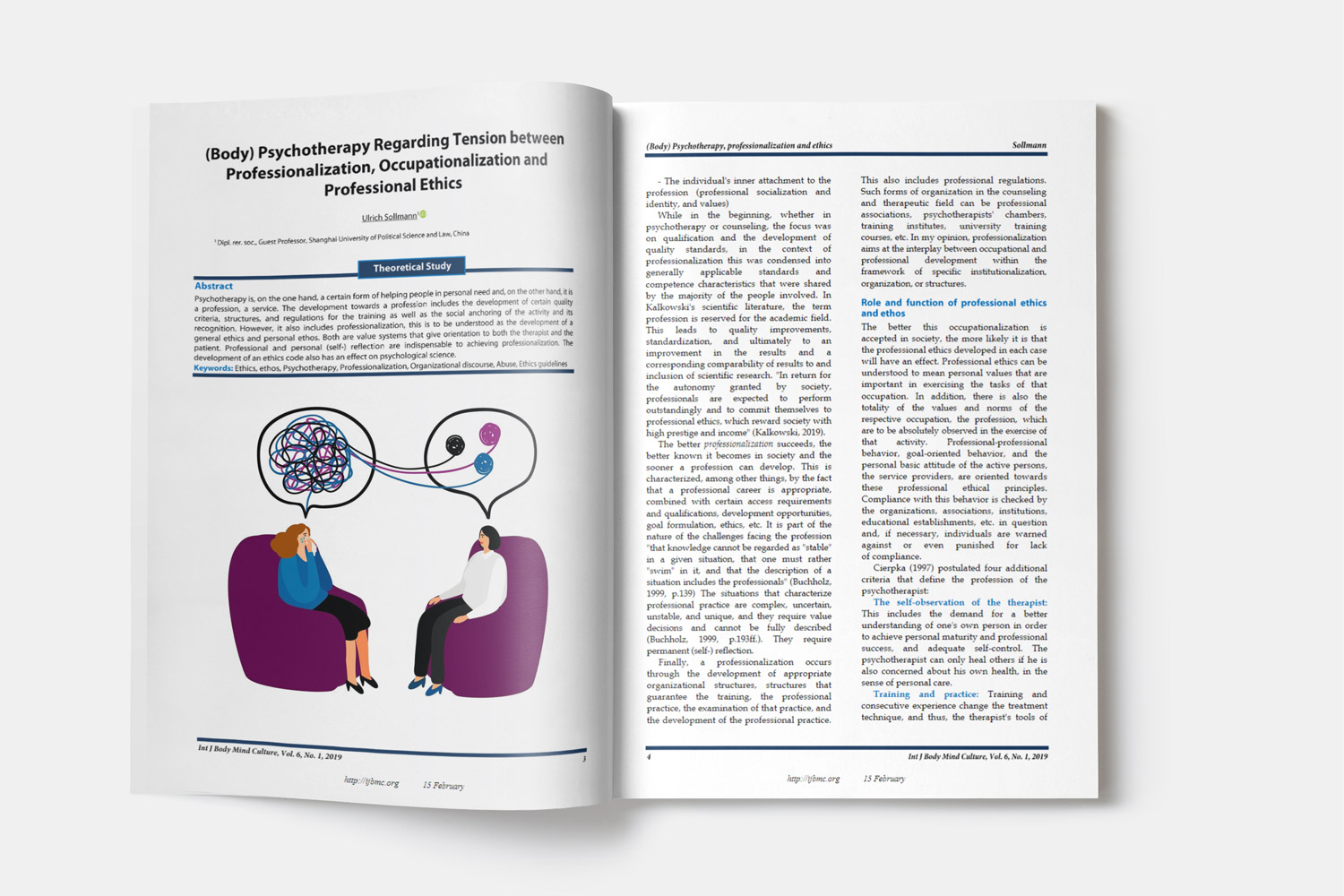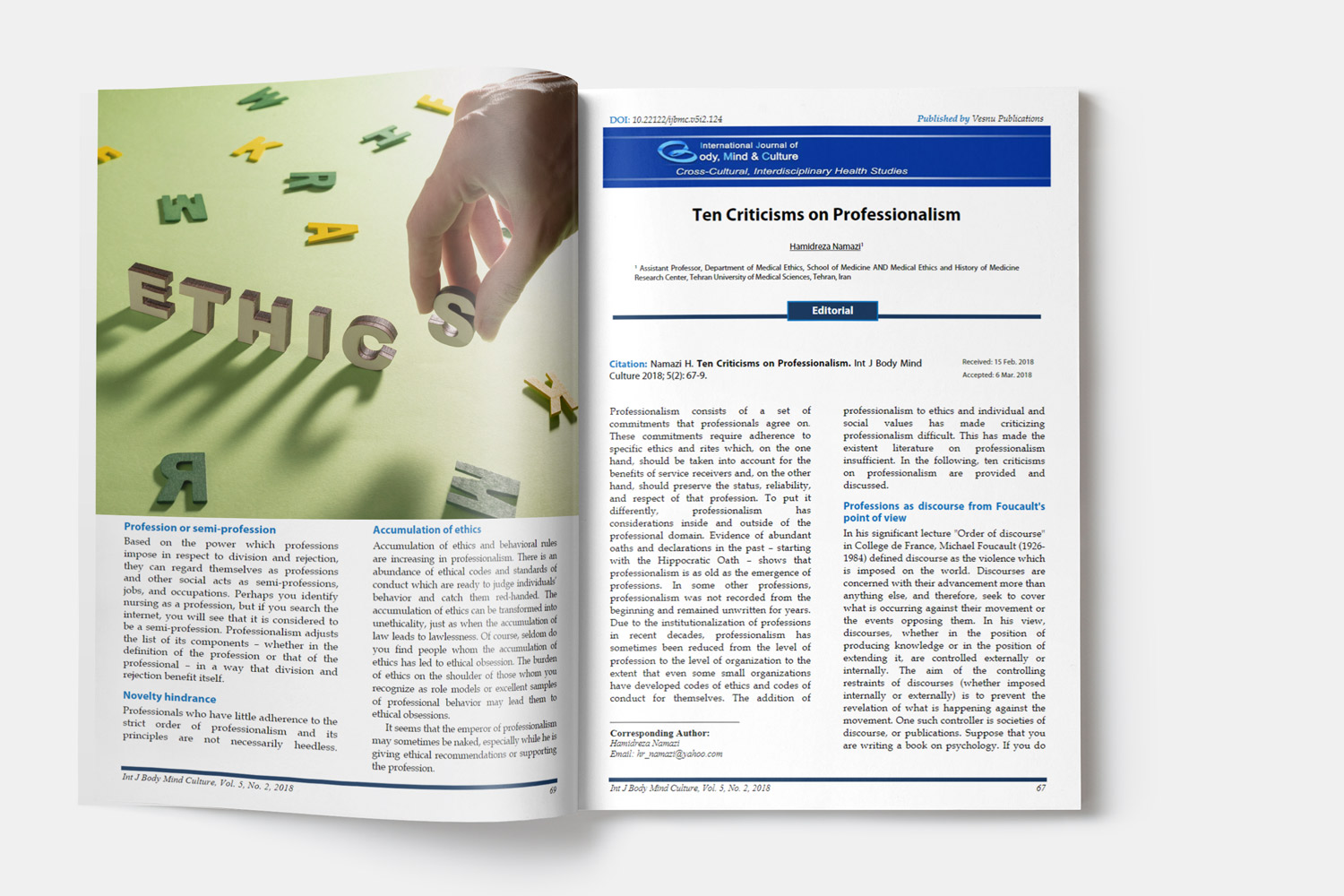Explaining Marital Satisfaction Based on Attributional Styles and the Mediating Role of Happiness
Downloads
Objective: This study aimed to explain the structural model of marital satisfaction based on attributional styles with the mediating role of happiness among married women. Understanding the interplay between these factors provides insights into fostering stronger marital relationships.
Methods and Materials: Using a descriptive-correlational design and structural equation modeling (SEM), this study surveyed 120 married women employed in schools in Tehran, selected through convenience sampling. Data were collected using the Enrich Marital Satisfaction Questionnaire, Attributional Style Questionnaire, and Oxford Happiness Questionnaire. Statistical analyses were conducted using SPSS 26 and SMART-PLS software to evaluate model fit and relationships between variables.
Findings: Results revealed that the structural model had an excellent fit (e.g., RMSEA=0.05, CFI = 0.96, TLI = 0.94). Attributional styles significantly impacted marital satisfaction both directly and indirectly through happiness. Positive attributional styles enhanced happiness (β=0.17, p<0.01), which subsequently increased marital satisfaction (β=0.56, p<0.001). Conversely, negative attributional styles reduced happiness (β = -0.25, p < 0.01) and marital satisfaction (β = -0.20, p<0.01).
Conclusion: The findings emphasize the role of attributional styles and happiness as critical determinants of marital satisfaction. Positive attributional styles not only foster happiness but also contribute to stronger marital satisfaction. These results highlight the need for interventions focusing on promoting positive attributional styles and enhancing happiness to strengthen marital relationships. Future research should explore these variables in diverse populations and develop targeted programs for couples.
Downloads
Akbari, M., & Hossaini, S. M. (2018). The relationship of spiritual health with quality of life, mental health, and burnout: The mediating role of emotional regulation. Iranian Journal of Psychiatry, 13(1), 22. https://www.ncbi.nlm.nih.gov/pmc/articles/PMC5994229/
Araghi, N. Z. (2025). The Effectiveness of Religious Forgiveness Therapy on Reducing Marital Conflicts and Extramarital Behaviors in Married Women Seeking Divorce. KMAN Counsel and Psych Nexus, 3, 1-8. https://doi.org/10.61838/kman.fct.psynexus.3.3
Bean, R. C., Ledermann, T., Higginbotham, B. J., & Galliher, R. V. (2020). Associations between relationship maintenance behaviors and marital stability in remarriages. Journal of Divorce & Remarriage, 61(1), 62-82. https://doi.org/10.1080/10502556.2019.1619385
Bilal, A., Muhammad, K., & Riaz, S. (2021). Marital commitment and marital satisfaction in patients of chronic diseases: Mediating role of sexual satisfaction. Rawal Medical Journal, 46(1), 189-193. https://www.rmj.org.pk/index.php?mno=106489
Çelik, E., Çelik, B., Yavaş, Ş., & Süler, M. (2022). Investigation of marital satisfaction in terms of proactive personality, meaning in life, offense-specific forgiveness. International Journal of Psychology and Educational Studies, 9(1), 1-11. https://dergipark.org.tr/en/pub/pes/issue/68410/1067521
Cirhinlioglu, F. G., Tepe, Y. K., & Cirhinlioglu, Z. (2017). Psychological distress, self esteem and emotional dependency of married individuals as predictors of marital adjustment.
Coleman, E. P., Croft, R. J., & Barkus, E. (2022). The profile of unusual beliefs associated with metacognitive thinking and attributional styles. PsyCh Journal, 11(3), 296-309. https://doi.org/10.1002/pchj.528
Davoudi-Monfared, E., Radfar, S., Mohseny, M., & Hosseini-Dastjerdi, Z. S. (2023). The Relationship between Coping Strategies and Quality of Life in Women with Breast Cancer : Coping strategies and QOL in women with breast cancer. International Journal of Body, Mind and Culture, 10(2), 198-206. https://doi.org/10.22122/ijbmc.v10i2.402
Feeney, J., & Fitzgerald, J. (2019). Attachment, conflict and relationship quality: Laboratory-based and clinical insights. Current opinion in psychology, 25, 127-131. https://doi.org/10.1016/j.copsyc.2018.04.002
Halford, W. K., & Pepping, C. A. (2017). An ecological model of mediators of change in couple relationship education. Current opinion in psychology, 13, 39-43. https://doi.org/10.1016/j.copsyc.2016.04.007
O'Donnell, S., Chang, K., & Miller, K. (2013). Relations among autonomy, attribution style, and happiness in college students. College Student Journal, 47(1), 228-234. https://www.ingentaconnect.com/content/prin/csj/2013/00000047/00000001/art00024
Omidi, A., & Talighi, E. (2017). The Effectiveness of Marital Therapy based on Acceptance and Commitment on Couples' Marital Satisfaction and Quality of Life. International Journal of Body, Mind and Culture, 4(1), 46-51. https://doi.org/10.22122/ijbmc.v4i1.80
Parvizi, M. (2025). Comparison of the Effectiveness of Cognitive-Behavioral Therapy and Metaphor Therapy on Marital Burnout in Women With Marital Conflicts. Aftj, 6(1), 141-148. https://doi.org/10.61838/kman.aftj.6.1.14
Pirzadeh, S., & Parsakia, K. (2023). A Comparative Study of Family Structure (Cohesion and Flexibility) and Functioning in People with and without Drug Abuse. International Journal of Body, Mind & Culture, 10(1), 82-89. https://doi.org/10.22122/ijbmc.v10i1.278
Qazi Askar, S. M. (2023). Developing a causal model of marital conflicts based on schema mode, attributional style and communication patterns in women referring to counseling centers Payam Noor University of Isfahan. https://ganj.irandoc.ac.ir/#/articles/78e0358c5a75e686dafde9588e4f2f88
Roohafza, H., Mosharraf, S., Mousavi, G., Khani, A., Andalib, E., Reihani, M., & Abbasalizadeh, A. (2014). The Prevalence and Determinants of Suicidal Behaviors in the Central Region of Iran. International Journal of Body, Mind and Culture, 1(2), 142-153. https://doi.org/10.22122/ijbmc.v1i2.11
Sanjuán, P., Magallares, A., González, J. L., & Pérez-García, A. (2013). A study on the validity of the Spanish version of the Attributional Style Questionnaire for negative situations. Revista de Psicopatologia y Psicologia Clinica, 18(1), 61-71. https://doi.org/10.5944/rppc.vol.18. num.1.2013.12763
Shapiro, S., de Sousa, S., & Hauck, C. (2016). Mindfulness in positive clinical psychology. In The Wiley Handbook of Positive Clinical Psychology (pp. 381-393). https://doi.org/10.1002/9781118468197.ch25
Tsutsui, Y. (2018). Marriage and happiness: A survey. Ideas, 9, 1-18.
Whisman, M. A., Gilmour, A. L., & Salinger, J. M. (2018). Marital satisfaction and mortality in the United States adult population. Health Psychology, 37(11), 10-41. https://doi.org/10.1037/hea0000677
Yavari, F., & Habibi, N. (2024). The Relationship Between Commitment, Conflict Resolution, and Adjustment With the Mediating Role of Marital Satisfaction in Childless Couples in Isfahan Master's Thesis, Payame Noor University, Qeshm Center, Hormozgan Province].
Ying, J., & Parsakia, K. (2024). Behavioral Activation Therapy: Boosting Happiness and Creativity Among College Students. KMAN Counseling & Psychology Nexus, 2(2), 57-65. https://doi.org/10.61838/kman.psynexus.2.2.9
Copyright (c) 2025 International Journal of Body, Mind and Culture

This work is licensed under a Creative Commons Attribution-NonCommercial 4.0 International License.










